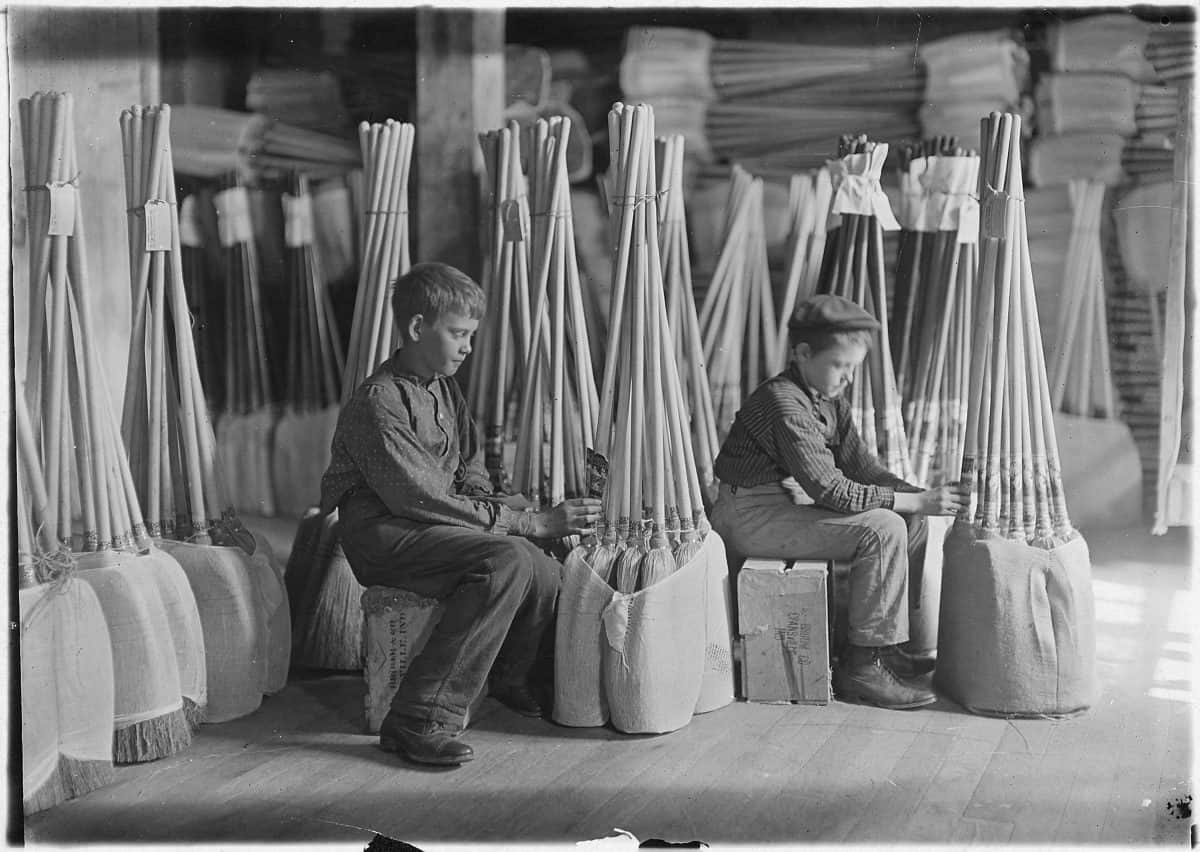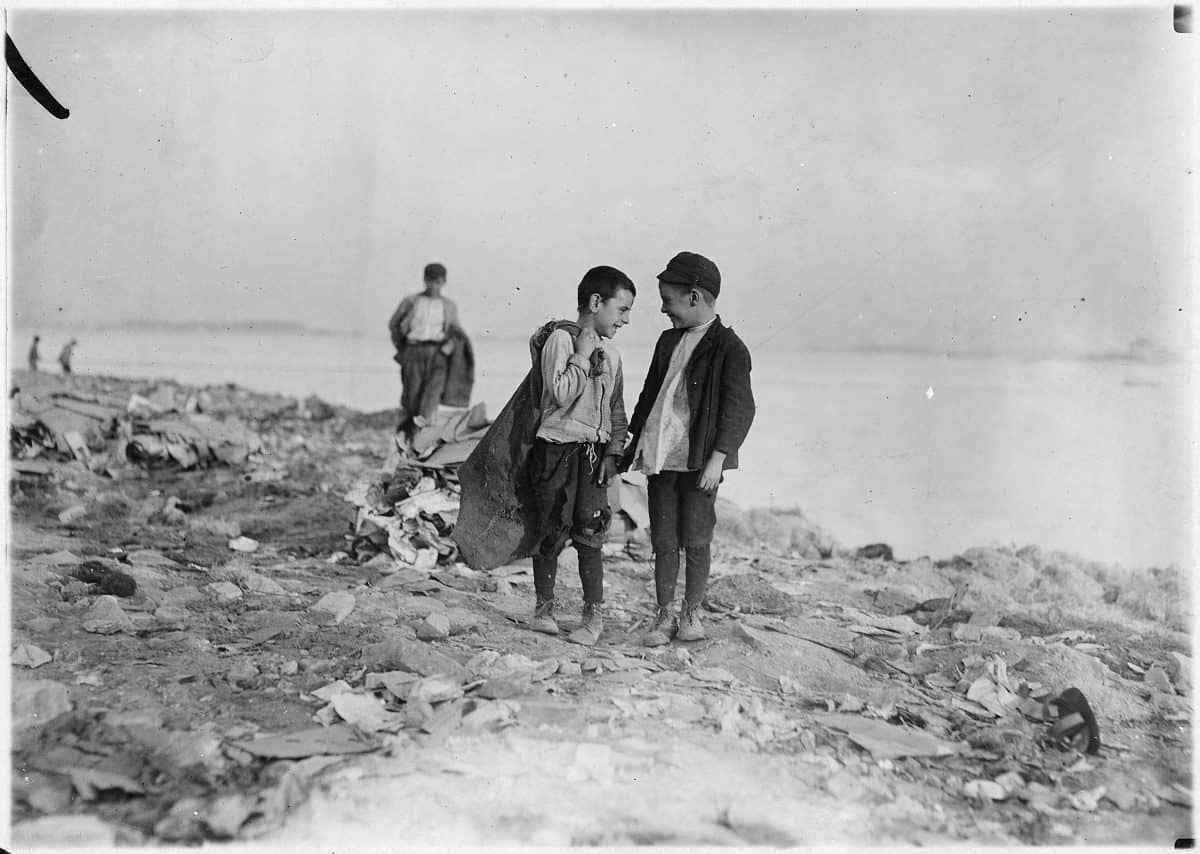“They began work at 5:30 and quit at 7 at night. Children six years old going home to lie on a straw pallet until time to resume work the next morning! I have seen the hair torn out of their heads by the machinery, their scalps torn off, and yet not a single tear was shed, while the poodle dogs were loved and caressed and carried to the seashore.” -Mary Harris Jones
No second-hand account could do justice to the horrors of child labor. The quote above by Mary Harris Jones gives light to the atrocities in using children to do not only adult’s work but grueling work. But this account surely couldn’t be describing a civilized nation? Unfortunately, this exact scenario played out vehemently on American ground. Despite many people’s infatuation with the United States, it is built on some very ugly truths. One of those less than appealing secrets revealed is that child labor was a rampant issue during the industrial revolution.
Although using children as servants and apprentices was normal practice during this time, the Industrial Revolution brought child labor to new extremes. While any type of factory labor during this period went unchecked and did not have any policies protecting workers, children found themselves particularly vulnerable to this new age. Children often worked long hours in dangerous factory conditions for very little compensation. Children were very valuable in the overcrowded factories due to their small size and ability to maneuver in small spaces or even mines. In addition to their size, factories found children much easier to manage- having fewer demands- and they could be paid far less than adults.
During this time, children worked to help support their families and thwarted any type of education. This type of lifestyle opened up a whole new world of suffering for children in this era. Once these horrors reached the public eye, nineteenth-century reformers and labor organizers worked to restrict child labor and improve working conditions for all factory workers. Despite their efforts, no real change came about until the market crash. The Great Depression left so many without jobs, Americans wanted all available jobs to go to adults- who could be paid more- rather than child workers.
The following images follow the struggles of these children in the Industrial Revolution working in factories- mostly in unacceptable working conditions in today’s standards. Lewis Hine photographed every image below to shed light on the small shoulders so much sadness and work was laid on. The legal system, primarily the Constitution and the limited scope of powers it granted to the federal government, proved to be a primary challenge to reform. By the end of the Great Depression century, the Supreme Court had not heard a single case about child labor.

ADVERTISEMENT - CONTINUE READING BELOW

ADVERTISEMENT - CONTINUE READING BELOW

ADVERTISEMENT - CONTINUE READING BELOW

ADVERTISEMENT - CONTINUE READING BELOW

ADVERTISEMENT - CONTINUE READING BELOW

ADVERTISEMENT - CONTINUE READING BELOW

ADVERTISEMENT - CONTINUE READING BELOW

ADVERTISEMENT - CONTINUE READING BELOW

ADVERTISEMENT - CONTINUE READING BELOW

ADVERTISEMENT - CONTINUE READING BELOW

ADVERTISEMENT - CONTINUE READING BELOW

ADVERTISEMENT - CONTINUE READING BELOW

ADVERTISEMENT - CONTINUE READING BELOW

ADVERTISEMENT - CONTINUE READING BELOW

ADVERTISEMENT - CONTINUE READING BELOW

ADVERTISEMENT - CONTINUE READING BELOW

